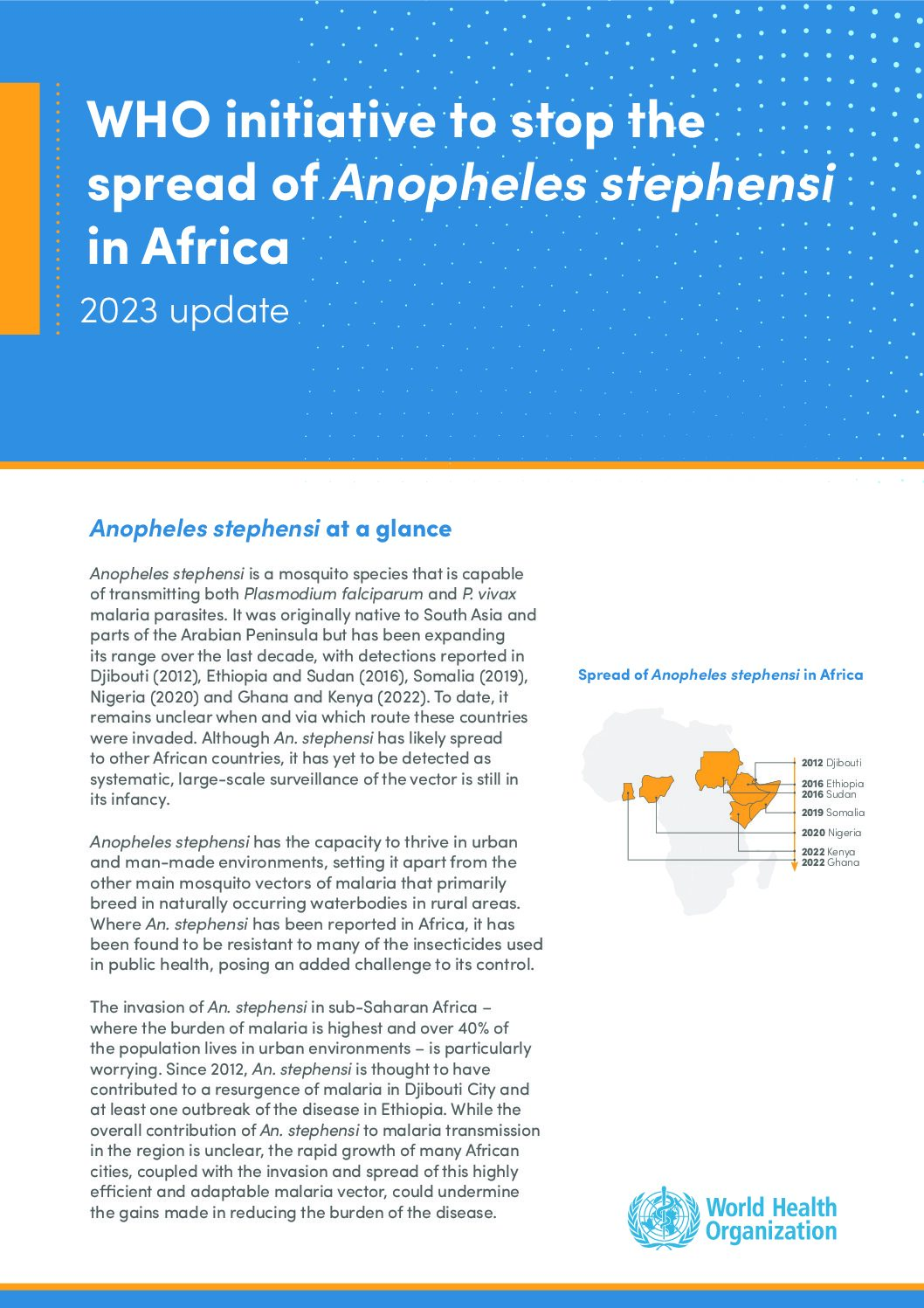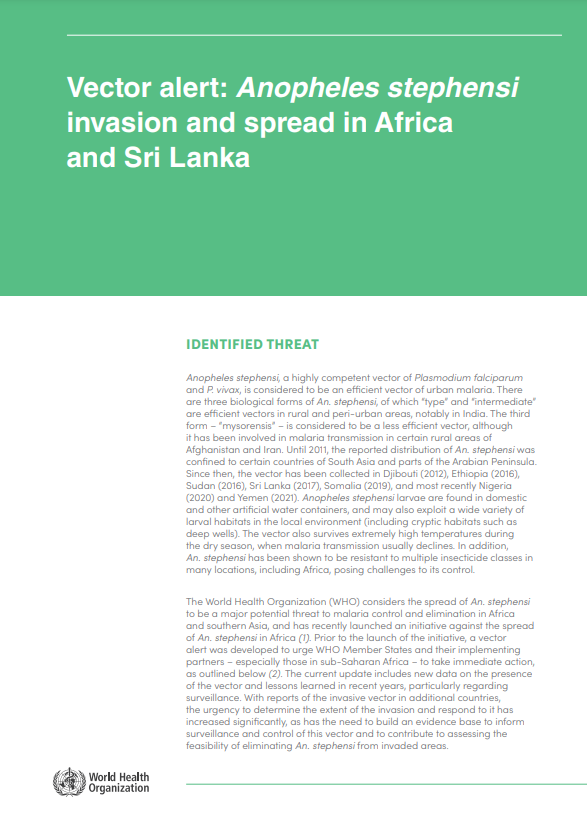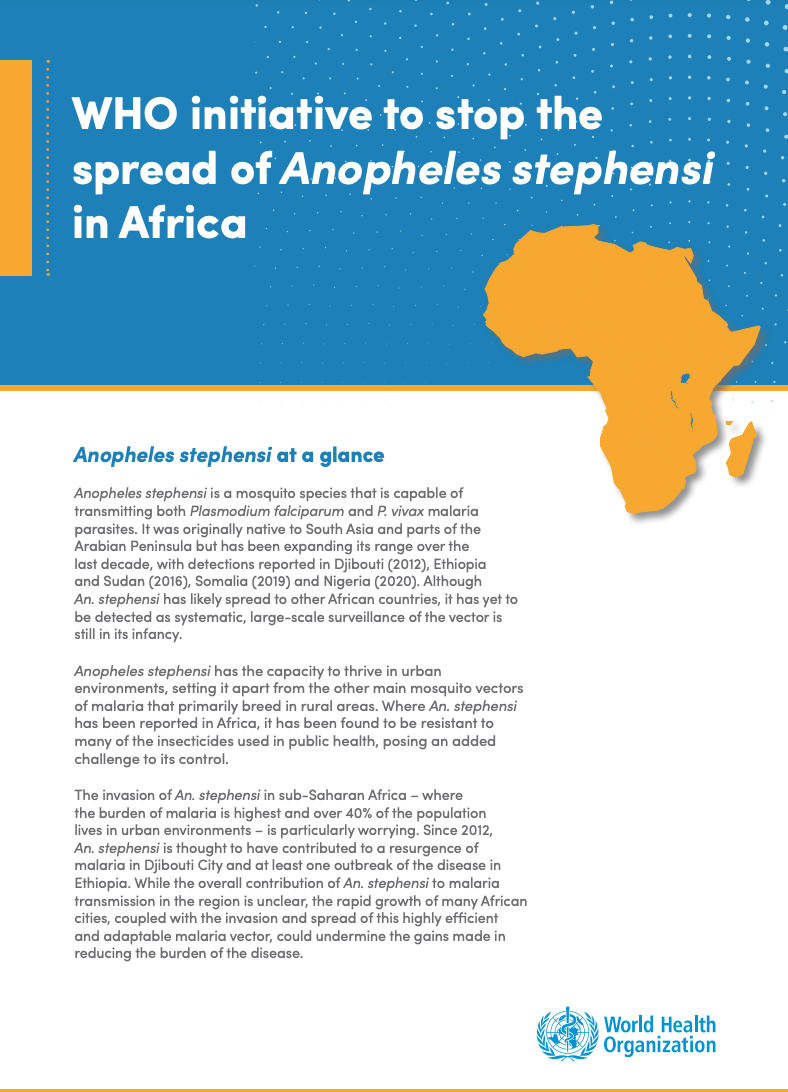Last Updated: 05/10/2023
Evaluation of different therapeutic protocols and the minimum dose of P. vivax influencing vectorial capacity and transmission via bite to the host by Anopheles darlingi and Anopheles aquasalis vectors.
Objectives
*Original title in Portuguese: Avaliação de distintos protocolos terapêuticos e da dose mínima de P. vivax influenciando na capacidade vetorial e na transmissão via picada ao hospedeiro pelos vetores Anopheles darlingi e Anopheles aquasalis
The objective of this study is to elucidate, in patients submitted to different types of antimalarial protocols at the FMT-HVD hospital, for how long after starting treatment, Plasmodium can still remain viable as a risk factor for transmission from man to vector.
P. vivax malaria is prevalent in the Amazon region of Brazil. Antimalarial drugs have considerable inter-individual variability and different clinical effects, beneficial or adverse, which is evidenced in the genetic polymorphism of the parasite. The first line of treatment for vivax malaria is chloroquine/primaquine combination therapy. However, one of the greatest threats to malaria control and elimination is the spread of drug-resistant parasites. Due to this, therapeutic protocols using other combinations of antimalarials are recommended by the PNCM/MS. A critical aspect is the long treatment that can last up to 14 days. However, after starting treatment, it is not known how many hours or days P. vivax can still be transmitted to vector mosquitoes. Another situation is the possible failure or adverse reactions in the treatment due to pharmacokinetic factors, inadequate absorption, or selection of resistant populations, or finally, periods in which the blood concentrations of the drugs are inadequate. Another fact is that patients start receiving treatments, but the parasites are resistant (eg to chloroquine). It is also common to abandon treatment after the patient feels some improvement. Therefore, it is important to consider the time of plasmodium viability in patients. The evaluation of the effectiveness of treatments is done on patients due to the difficulty of cultivating P. vivax. The stufy is going to verify the possibility that individuals with vivax malaria, despite being under treatment, may still contribute to the maintenance of active foci of transmission of P. vivax from humans to two main Brazilian mosquito vectors when they return home.
Mar 2021


